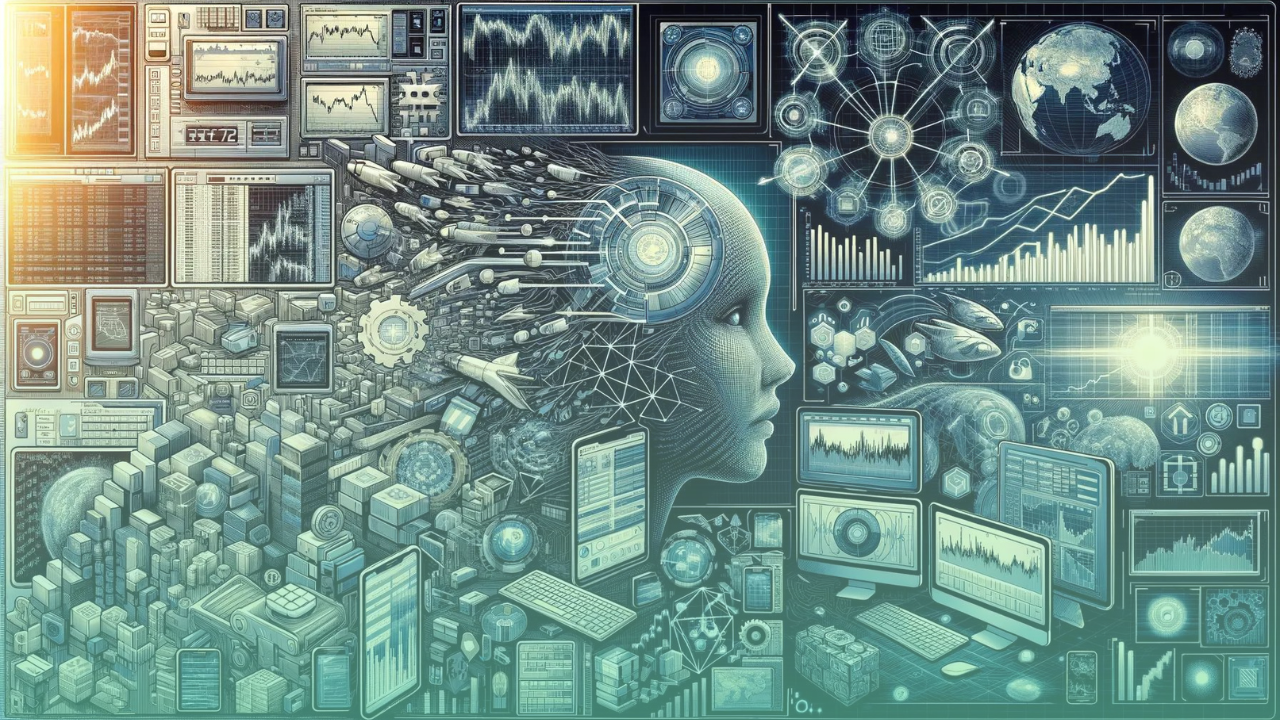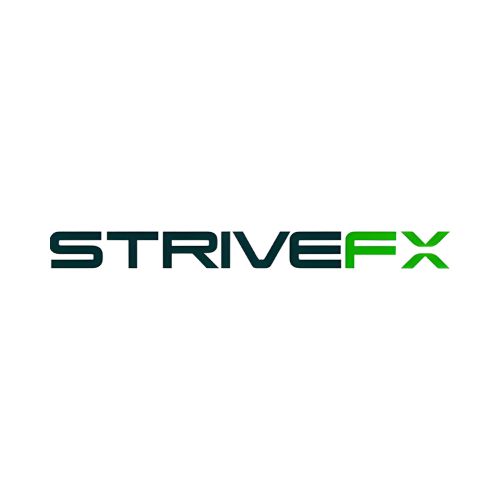Introduction
In the dynamic world of finance, trading software stands as a cornerstone, revolutionizing how traders interact with markets. This software has evolved from rudimentary tools to sophisticated platforms, profoundly impacting trading strategies and market analysis. This article aims to trace this remarkable evolution, highlighting how each phase has shaped the landscape of finance.
The Early Days of Trading Software
Basic Beginnings
The genesis of trading software can be traced back to a time when financial markets were less complex. Early trading tools were simplistic, often limited to basic charting and rudimentary data analysis. These platforms provided a foundation, but their capabilities were minimal, restricting traders to elementary strategies.
Technological Constraints
During these nascent stages, the technological landscape was vastly different. Computing power was a fraction of what it is today, internet speeds were sluggish, and data storage was limited. These constraints meant that early trading software could only handle small amounts of data, leading to less accurate market predictions and analysis.
Impact on Early Traders
Despite these limitations, early traders adapted. They relied heavily on manual calculations and fundamental analysis. These tools, though basic, were revolutionary at the time, offering traders their first taste of digital assistance in market analysis. However, the need for more sophisticated tools was becoming increasingly evident.
The Technological Advancements
The evolution of trading software accelerated with major technological advancements. The rise of powerful computers, high-speed internet, and vast data storage capabilities allowed for the development of more complex and efficient trading platforms. These advancements paved the way for real-time data processing, advanced charting, and intricate algorithmic trading.
This technological revolution ushered in the era of automation in trading. Software platforms transitioned from manual data input and basic chart analysis to automated trading systems capable of executing trades based on pre-set criteria. This shift not only increased the speed of trading but also allowed for the development of sophisticated trading strategies that were previously impossible.
Timeline: The Evolution of Trading Software
1970s – The Beginnings
Early Systems: The era began with rudimentary trading systems, predominantly manual with some basic electronic assistance.
Institutional Platforms: The first electronic trading platforms emerged, primarily utilized by institutional traders.
1980s – Early Electronic Platforms
Sophisticated Systems: This decade witnessed the development and adoption of more advanced electronic trading systems.
Charting and Analysis Software: Basic charting and analysis tools became available to traders, marking a significant leap.
1990s – The Internet Revolution
Transformation through the Internet: The advent of the Internet drastically transformed trading software.
Online Platforms: Trading became accessible to retail investors thanks to online trading platforms.
Real-Time Data: The introduction of real-time market data and advanced analysis tools changed the game.
2000s – The Rise of Automated Trading
Algorithmic Trading: Automated trading based on specific criteria came into existence.
High-Frequency Trading (HFT): The proliferation of HFT systems marked a new era in trading.
Accessibility: Trading software became more user-friendly, catering to a broader audience.
2010s – Mobile and Social Trading
Mobile Apps: The introduction of mobile trading apps allowed traders to operate anywhere.
Social Trading: Social trading platforms emerged, enabling users to emulate successful traders.
Integration with News and Social Media: Trading software began integrating with news and social media for better market insights.
2020s – AI and Machine Learning
AI Implementation: AI and machine learning began to be used for predictive analytics and automated decision-making.
Blockchain in Trading Platforms: The potential integration of blockchain for enhanced security and transparency.
Personalized Software: The trend towards more personalized, sophisticated software incorporating various financial tools and comprehensive data analytics.
Modern Trading Software – Features and Capabilities
Advanced Features
Modern trading software boasts sophisticated features like algorithmic trading, real-time analytics, and complex risk management tools. These features not only enhance the trading experience but also provide a competitive edge in fast-paced markets.
User Experience
A notable shift towards user-friendly platforms has democratized trading. These platforms are designed with intuitive interfaces, making complex trading accessible to beginners and experienced traders alike.
Integration with Other Tools
Today’s trading software seamlessly integrates with a myriad of financial tools, including news aggregators, social media platforms, and comprehensive data analytics tools. This integration provides traders with a holistic view of the market, enabling informed decision-making.
The Future of Trading Software
AI and Blockchain: The New Frontier
Artificial Intelligence (AI): AI is poised to revolutionize trading software by introducing more sophisticated predictive models. This technology could enable real-time market analysis, trend prediction, and even automated trading decisions based on complex algorithms.
Blockchain: Known for its security and transparency, blockchain technology could significantly enhance the security of trading platforms. It offers potential solutions to issues like data tampering and transaction transparency, making trading safer and more reliable.
Integration with FinTech
As the financial world becomes increasingly interconnected, trading software is expected to integrate more seamlessly with other fintech innovations. This could include closer ties with digital banking, crowdfunding platforms, and even cryptocurrency markets, providing traders with a more comprehensive financial ecosystem.
Enhanced User Experience
Future trading platforms will likely place a greater emphasis on user experience. This means more intuitive interfaces, greater customization options, and adaptive features that cater to individual trader’s preferences and skill levels.
Security as a Priority
With the increasing sophistication of cyber threats, security will become even more crucial. Advanced encryption, secure communication channels, and robust authentication mechanisms will be key components of future trading software.
Challenges and Opportunities
Navigating the Digital Landscape
- Challenges
As trading software becomes more complex and integrated with various technologies, challenges like data privacy, regulatory compliance, and cybersecurity will become more pronounced.
- Opportunities
These challenges also present opportunities. For instance, the need for enhanced security can spur innovation in cybersecurity within the trading domain. Similarly, regulatory changes can lead to more transparent and fair trading practices.
Conclusion
The evolution of trading software is a fascinating journey, marked by groundbreaking innovations and a relentless pursuit of efficiency and accessibility. From the humble beginnings of manual and basic electronic systems in the 1970s to the sophisticated, AI-powered platforms of today, trading software has transformed how traders engage with the financial markets.
In a field as dynamic as finance, keeping abreast of the latest software advancements is not just beneficial; it’s essential. The rapid pace of technological progress means that new tools and features are constantly emerging, offering traders enhanced capabilities and a competitive edge.
As we look to the future, the integration of AI, machine learning, and blockchain technology promises to further revolutionize trading software. These advancements are expected to bring even more precision, security, and personalization to trading platforms. The emphasis on user experience and integration with other financial tools points to a more holistic and accessible approach to trading.
Visit YourRoboTrader to learn more about our services and how we can help you achieve your trading goals. Let’s embark on a journey of profitable, efficient, and advanced trading together!




